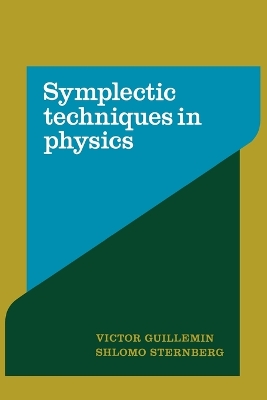Symplectic geometry is very useful for clearly and concisely formulating problems in classical physics and also for understanding the link between classical problems and their quantum counterparts. It is thus a subject of interest to both mathematicians and physicists, though they have approached the subject from different view points. This is the first book that attempts to reconcile these approaches. The authors use the uncluttered, coordinate-free approach to symplectic geometry and classical mechanics that has been developed by mathematicians over the course of the last thirty years, but at the same time apply the apparatus to a great number of concrete problems. In the first chapter, the authors provide an elementary introduction to symplectic geometry and explain the key concepts and results in a way accessible to physicists and mathematicians. The remainder of the book is devoted to the detailed analysis and study of the ideas discussed in Chapter 1. Some of the themes emphasized in the book include the pivotal role of completely integrable systems, the importance of symmetries, analogies between classical dynamics and optics, the importance of symplectic tools in classical variational theory, symplectic features of classical field theories, and the principle of general covariance. This work can be used as a textbook for graduate courses, but the depth of coverage and the wealth of information and application means that it will be of continuing interest to, and of lasting significance for mathematicians and mathematically minded physicists.
- ISBN13 9780521389907
- Publish Date 25 May 1990 (first published 27 April 1984)
- Publish Status Active
- Out of Print 1 February 2023
- Publish Country GB
- Imprint Cambridge University Press
- Format Paperback (US Trade)
- Pages 484
- Language English
